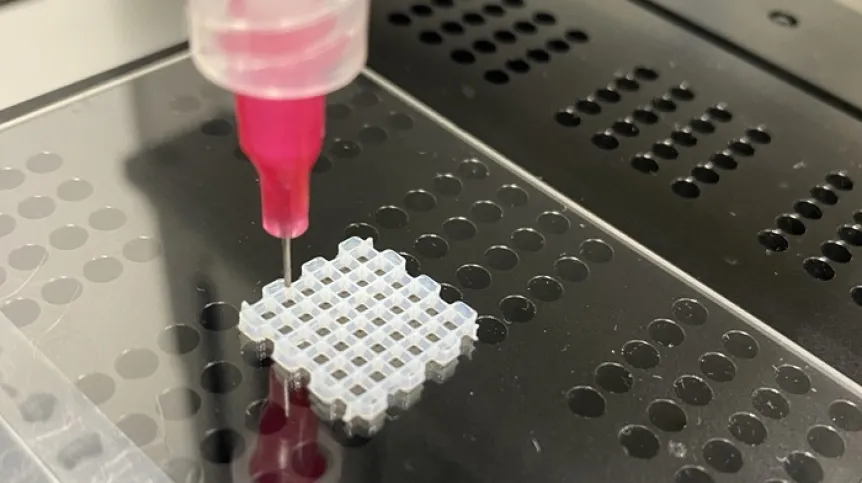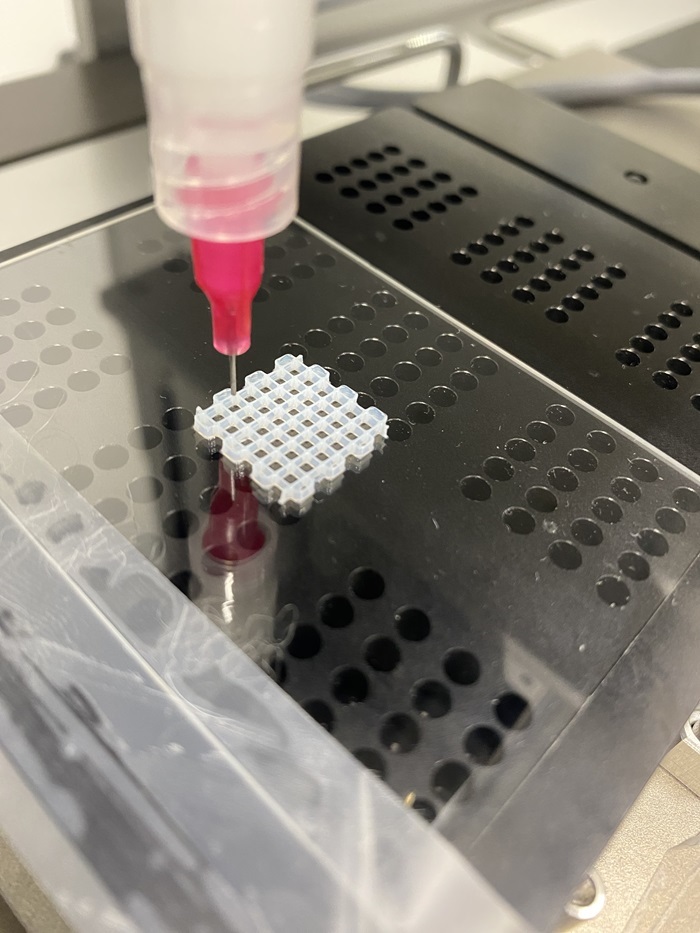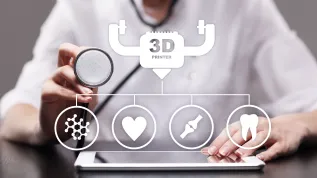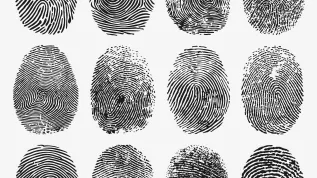
Bioinks are 'inserts' made of microgels for printing elements that resemble the structure of human tissues. A Polish scientist is working on developing innovative materials that change their properties during printing and will create more realistic models of breast cancer.
'Innovative materials with dynamically changing properties will allow us to obtain complex structures that resemble the complex environment of cancer cell growth in a single printing process. My goal is to achieve precise printing of structures with a strictly defined, hierarchical architecture’, says Dr. Małgorzata Włodarczyk-Biegun from the Silesian University of Technology and an assistant professor at the University of Groningen (the Netherlands).
In her research work, the scientist uses 3D (bio)printing techniques to produce three-dimensional structures that constitute scaffolds for cell growth.
The scientist's latest research will be carried out as part of a prestigious grant awarded by the European Research Council (ERC). In the JAM2PRINT project, Małgorzata Włodarczyk-Biegun's team will work on developing advanced bioinks, i.e. printable materials containing living cells - with dynamic properties.
'During the printing process, these gels (microgel balls with a size of several dozen to several hundred micrometers) will change their properties on demand and interact with other microgels surrounding them. As a result, we will create a diverse environment, resembling the complex structures of our tissues - with different chemical compositions, density, porosity, stiffness, etc., on a scale from nano to macro', Dr. Włodarczyk-Biegun says.
In addition to the materials, the researchers will also develop special heads for their controlled printing.
The scientist adds that cancer cells function in a very complex and dynamic microenvironment, which is currently difficult to recreate precisely. 'Our method is expected to enable exceptionally precise reproduction of such a microenvironment. This, in turn, will enable better understanding and analysis of the behaviour, growth, migration, invasion of cells, and therefore the development of the disease', she says.

'I also want to compare the behaviour of cancer cells in my scaffolds with different properties and native tissues of healthy people and biopsies from patients. This will allow us to check how effective our approach is and to what extent it allows us to reproduce reality', she continues.
The researcher admits that since she started dealing with bioprinting technology, i.e. for a dozen or so years, she has been fascinated by it and its possibilities. She often draws inspiration for searching for innovative solutions from nature. 'Scientists have been drawing inspiration for progress from nature for centuries. I looked at spiders and other organisms that process materials and even do something like printing to obtain a product with unique properties. That was when I came up with the idea to integrate elements of their mechanism of operation, their action, with bioprinting. Hence the idea for a new material that changes its properties during printing and for a method of its processing that provides control at many levels. In turn, the application of the idea in breast cancer research is associated with the wide scale of the problem and the need to find new, better solutions to combat the disease', says Włodarczyk-Biegun.
The project will be carried out for five years in a consortium of the University of Groningen (Netherlands) and the Silesian University of Technology. 'At the Silesian University of Technology, we will deal with the problem from the chemical side, and in Groningen - from the material processing and biology side. Cooperation and academic exchange between universities will strengthen the project and provide the opportunity to conduct research with energy, passion and access to the highest level of infrastructure and knowledge. I can't wait!', Włodarczyk-Biegun says.
PAP - Science in Poland, Agnieszka Kliks-Pudlik
akp/ zan/ kap/
tr. RL












